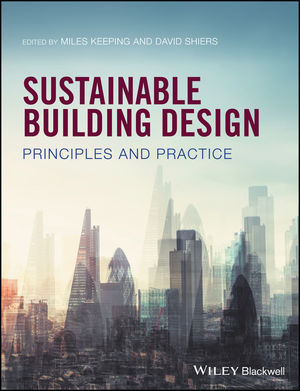San Francisco/Tokyo
For newly minted architects eager to see the world’s great buildings, international travel is a rite of passage. For Koji Tsutsui, it’s a way of life. Born and bred in Japan, educated in England, and having built his defining work to date in Uganda, the 39-year-old architect divides his time between offices in Tokyo and San Francisco. And he has no intention of changing his peripatetic style. Playing in multiple locations is a source of stimulation for him, as well as a strategy for coping with the economic downturn afflicting the United States and Japan.
These days Tsutsui spends just 10 to 14 days a month at home in Tokyo with his wife and young child. Yet 70 percent of his work is in Japan, where he is working on private residences in the Tokyo area and a center for the elderly in Aomori Prefecture. An NGO also hired Tsutsui to develop housing in Hokkaido for a neighborhood of homes devastated by the March 11 earthquake. To foster a sense of community and encourage growth, Tsutsui’s plan consists of fractal clusters of individual homes, which he hopes will be donated by prefab housing manufacturers.
Tsutsui is no stranger to earthquake relief. After receiving his undergraduate degree in 1995, he intended to go abroad. But when the Kobe earthquake struck, he went to Osaka. There he worked for Tadao Ando on housing reconstruction for 1,000 families in central Kobe.
Six years later he left for London to attend graduate school at the Bartlett School at University College London, followed by a stint in Dijon, France. When jobs in Japan beckoned, he began moving between continents. “Bicontinental” projects followed: the Industrial Designer’s House in Japan and the School & Home for HIV Orphans in Uganda.
According to the architect, “they were basically the same concept, but contrasting site conditions called for different approaches.” Located in a residential Tokyo neighborhood, the house is a steel-skinned box containing a pile of rectilinear rooms bound by interstitial, communal spaces. Similarly, the orphanage in Africa is a collection of rectangular, one-room buildings with in-between spaces for play, rest, or gathering. Because the rural site was devoid of restrictions, Tsutsui arranged the pieces in a ring to allow for continued growth.
The concept of the Ugandan project—an architecture that expands to meet changing client needs—translated equally well to American soil. After two years in Tokyo, Tsutsui hit the road again, this time to the United States. His first U.S. project, Biotope Housing, is a private residence with a multicellular structure that anticipates future expansion.
“In the U.S., I am freer in terms of design and materials,” Tsutsui says. Yet he feels it’s easier to build in Japan: construction quality is high, permits are cheap, and consultants are the contractor’s responsibility. Given his volume of work, he can maintain parallel practices with the help of a licensed partner in California and support staff in Japan. For Tsutsui, two offices is the best of both worlds.
Koji Tsutsui & Associates
LOCATION: San Francisco and Tokyo
FOUNDED: 2004
DESIGN STAFF: 5
PRINCIPALS: Koji Tsutsui
EDUCATION: University College London, the Bartlett, M.Arch., 2004; Tokyo University, B.Arch., 1995
WORK HISTORY: Koji Tsutsui & Associates, 2010–; Mark Cavagnero Associates, 2007–2009; Koju Tsutsui & Associates, 2004–2006; Tadao Ando Architect & Associates, 1995–2001
KEY COMPLETED PROJECTS: InBetween House, Karuizawa, Japan, 2010; Industrial Designer House, Tokyo, 2007; School & Home for HIV Orphans, Uganda, 2007
KEY CURRENT PROJECTS: Yutenji House, Tokyo, 2012; Case Study Biotope Housing, California, 2012; Housing for Tohoku Earthquake, 2012
WEB SITE: www.kt-aa.com













